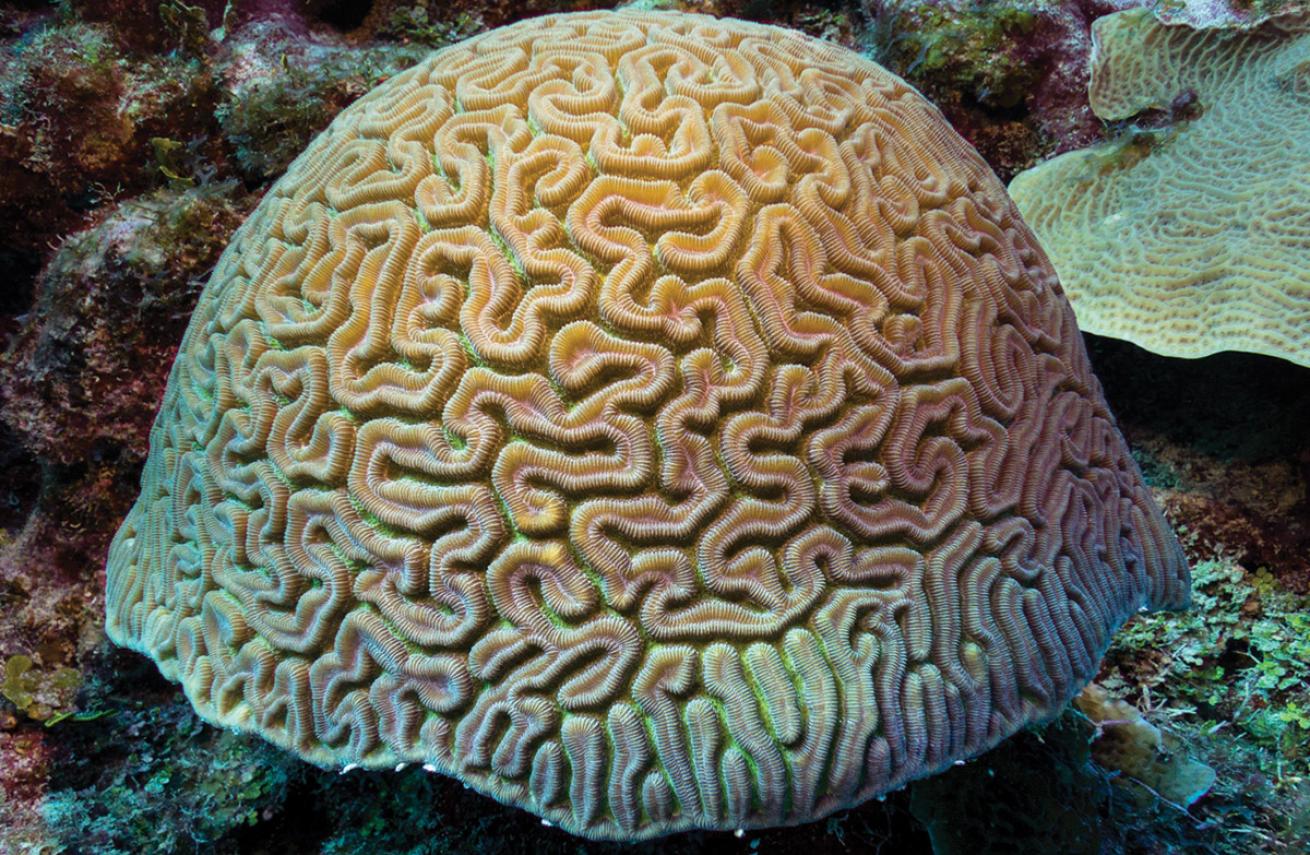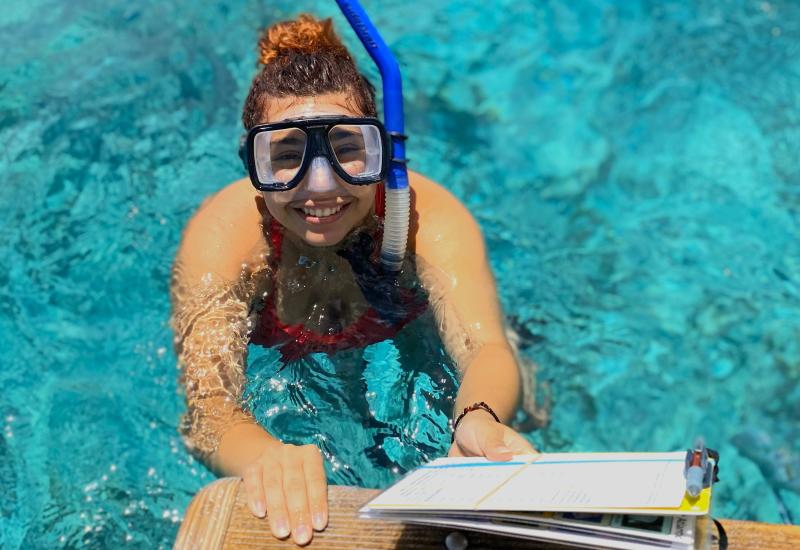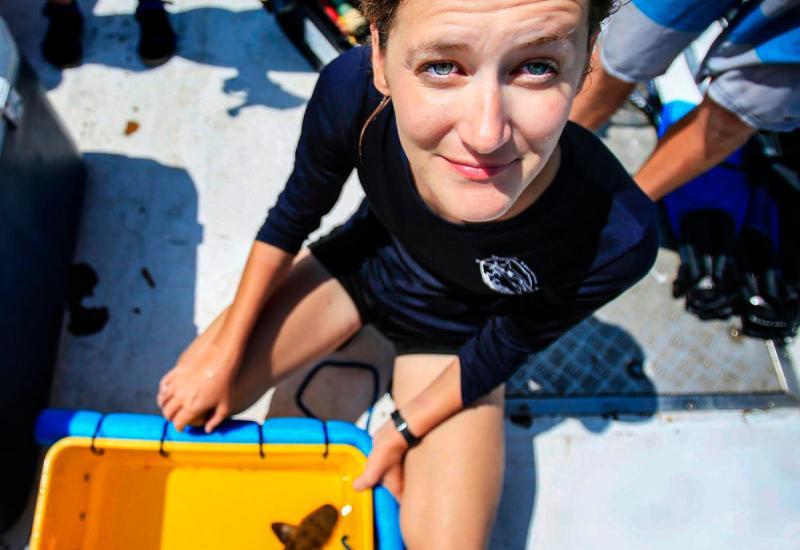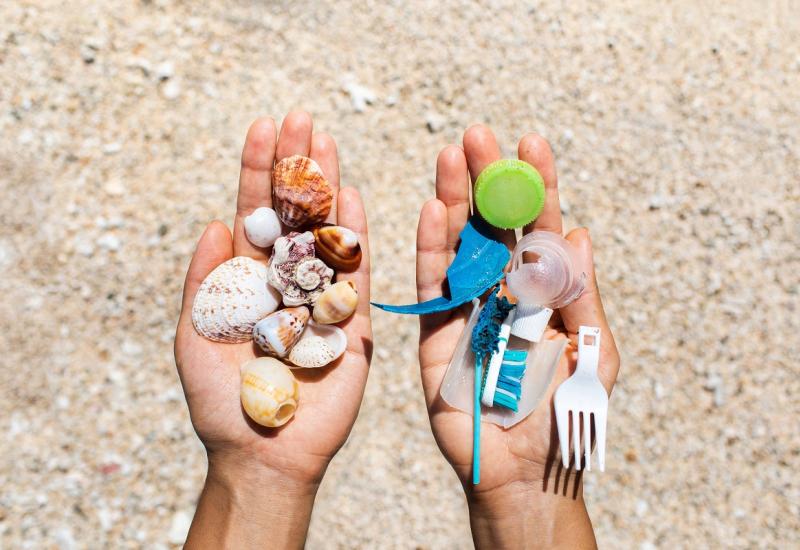How To Identify Grooved Brain Coral

Nicole HelgasonDiploria labyrinthiformis is also known as grooved brain coral.
Diploria labyrinthiformis is the most recognizable brain coral species found in the Caribbean. This coral has wide ridges with a prominent central groove. Coral polyps can be seen in the deep, narrow valleys between the grooved ridges and are usually retracted during the day.
■ The ridges of the grooved brain coral can be wide with shallow grooves and rounded edges, or the ridge edges can come to a slight peak with deep grooves. This all depends on the colony, which is what makes looking for this coral like an underwater treasure hunt.
■ The grooved ridges are easy to recognize underwater. There are two other species of coral that were also classified as Diploria until recently. These corals have thinner ridges and sometimes a rough surface texture. These corals are only pretending to be grooved brains, and have now been reclassified in their own genus called Pseudodiploria. Note that in guide books these two corals species (strigosa and clivosa) might still be classified under Diploria, but don’t be fooled! Only one coral is truly feeling the groove.
■ Diploria labyrinthiformis is found in yellow, brown, tan and gray, and is common between 5 and 90 feet. This coral can grow at a rate of approximately 3.5 millimeters per year and can reach over 6 feet in diameter. It’s common in the Caribbean, and can be found in the west Atlantic from Florida to Bermuda, and the coasts of Central America.










